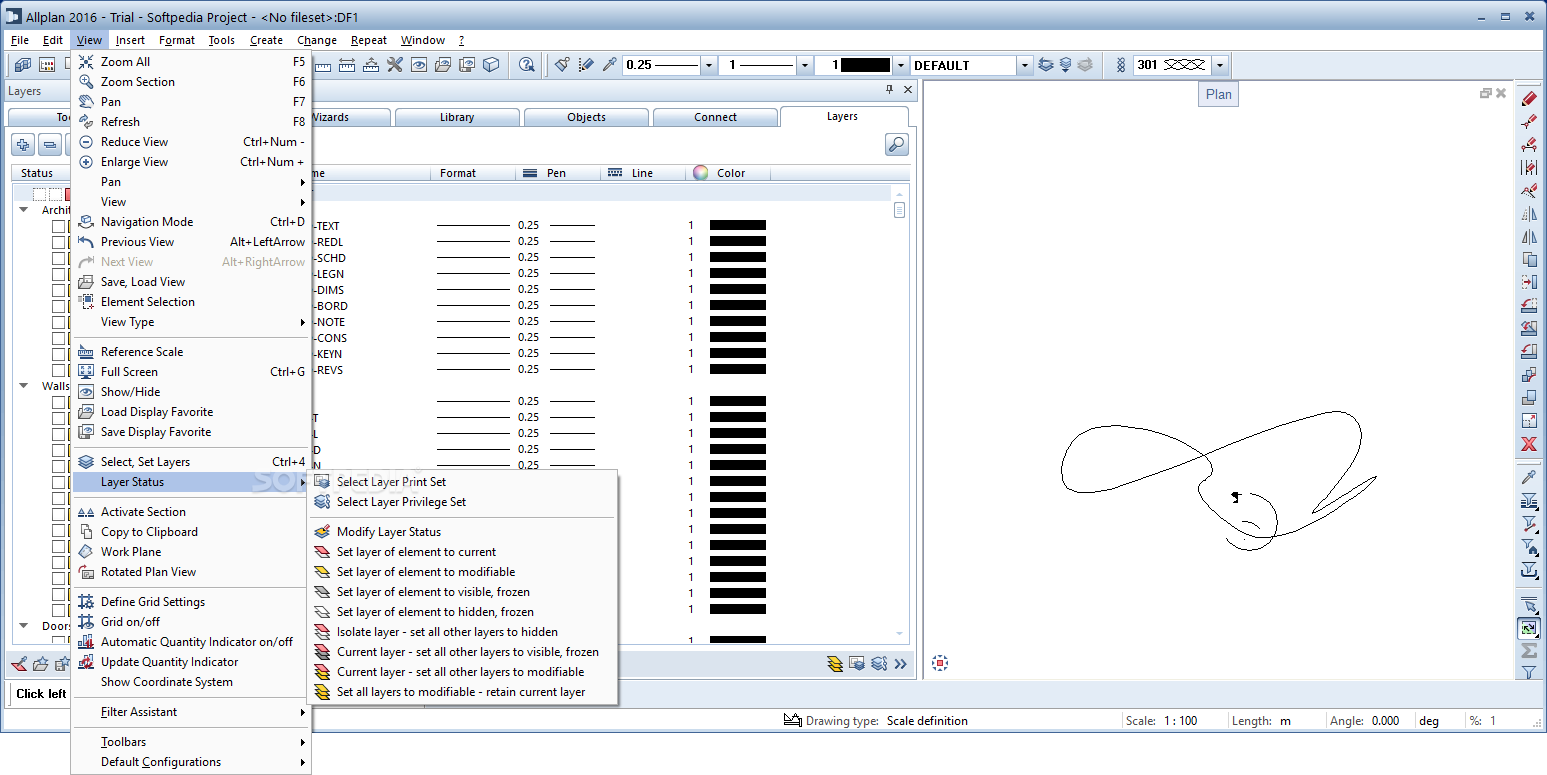


When the parametric model is transferred to Allplan Engineering, the corresponding objects are positioned at these reference points. These points are linked to the object in the Allplan library using the respective name. To do this, reference points are defined in Allplan Bridge, using variables along the bridge. Objects from the Allplan Engineering library can be referenced in Allplan Bridge 2019 to add further details such as lamp posts or anchor devices of tendons to the bridge model. Save time with parametric object placement

If only a certain structural member is modified only directly linked elements will be recalculated. For example, if the road axis changes the complete bridge geometry will be adjusted. The modifications are incorporated only at their origin and all other linked members are automatically updated. The parametric model description is an ideal base for adapting design changes. Changes made in no time at allĪllplan Bridge helps you to manage the inevitable changes that occur during the design process. This point grid facilitates copying and mirroring of the tendon in longitudinal and transverse direction. A special point grid is available in the cross-section to ease the specification of the tendon position in the cross-section plane. When calculating the detailed tendon geometry, the program determines these values automatically, using an intelligent algorithm minimising the friction losses in the stressing process. Selective parameters can be defined as variable. In addition, direction angle and curvature radius of the tendon can be specified in each point. Each 3D Tendon point is specified by the position along the axis, and the position in the cross-section in relation to a reference point. Based on user-defined 3D points, the program automatically generates the geometry of a tendon along the bridge structure. Prestressing made simpleĪllplan Bridge 2019 makes it easy to model a wide range of types of pre-stressing: with immediate or later bond, internal and external, longitudinal, transverse and vertical, as well as with non-standard geometry. The connection between the profile and the cross-section edge is also automatically adapted. The position and number of elements are then defined and automatically placed along a cross-section edge. The profile is first defined parametrically in a separate section or imported from the user library. When defining the cross-section, standardised and repetitive profiles such as longitudinal stiffeners for steel and composite cross-sections can be easily positioned parametrically. A complete 3D Bridge model cannot be generated more easily or quickly. For example, the user only needs to define one typical cross-section and Allplan Bridge will accurately calculate all cross-section variants in accordance with the defined table(s) or/and formula(s). Complex geometries including double curved alignment and variable cross-sections can be created easily with the help of alphanumeric entries and formulas. The 3D parametric model description considers the road layout, bridge alignment and required cross-sections, making model configuration quick and efficient. Model creation without compromiseĪllplan Bridge has been developed by recognised bridge experts – Allplan Infrastructure from Graz – and to the requirements of bridge engineers. The parametric description of the bridge model with the prestressing cables takes usability to a new level and allows engineers to work flexibly and quickly.
#ALLPLAN SOFTWARE#
The software supports engineers in all planning phases, from the initial concept to the execution plan Allplan Bridge is the powerful solution for 4D parametric modelling of bridges.


 0 kommentar(er)
0 kommentar(er)
